Ontogeny and function of the intestinal epithelial and innate immune cells during early development of chicks: to explore in ovo immunomodulatory nutrition
Recently, the Poultry Nutrition and Feed Innovation Team from the Institute of Feed Research, Chinese Academy of Agricultural Sciences reviewed the ontogeny and function of intestinal epithelial cells (IECs), innate immunity systems, and interaction mechanisms of in ovo feeding of bioactive substances in chicks, which aimed to insight baseline information for designing targeted in ovo feeding interventions to modulate cell-wise specific innate immune systems. The related findings have been published in the Poultry Science journal.
Intestinal epithelial cells and innate immune cells in the gastrointestinal tract (GIT) of chickens play crucial roles in pathogen defense and maintaining gut health. Their protective effectiveness is influenced by their developmental and functional stages during pre- and post-hatch periods of chicks. Interestingly, the in ovo delivery of bioactive substances can improve these immune cells' development and function in the embryo and post hatch chicks through different mechanism actions, while the interactional role of bioactive compounds to the ontogeny and developmental stage of each immune cell needs further summarization and investigation.
This review highlighted the involvement of different regulatorycellular and molecular factors for ontogeny, functional development of IECs, and innate immune cells in chicks. Furthermore, it elucidated the differentiation and functions of IECs, macrophages, dendritic cells, natural killer (NK) cells, and γδ T cells, which are critical for pathogen defense and immune homeostasis in early development. The in ovo feeding of bioactive compounds such as probiotics, prebiotics, and synbiotics into eggs enhancesthe development and function of the innate immune cells by interacting with their pattern recognition receptor (PRR) and other molecules. It also highlighted the variation of mechanism of bioactive compounds with across cells ontogeny status, immune cell types, and tissue origin. Inclusively, this comprehensive review offered valuable theoretical support for advancing in ovo immunonutrition strategies in poultry and promoting sustainable and healthy development in the industry.
This study was supported by the Agricultural Science and Technology Innovation Program (ASTIP) of the Chinese Academy of Agricultural Sciences (6202029), and Beijing Natural Science Foundation (6214046).
Original link: https://doi.org/10.1016/j.psj.2024.104607
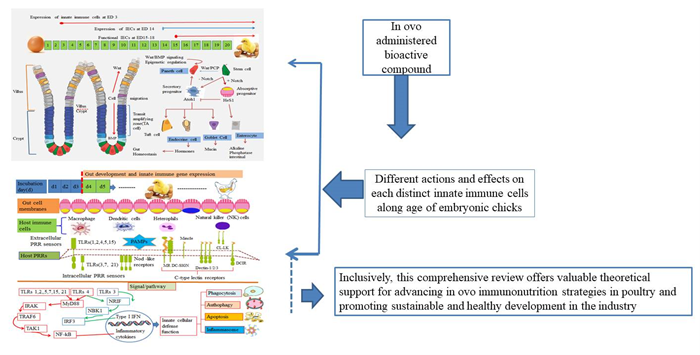
Source: Habtamu Ayalew (zhanghaijun@caas.cn)
-
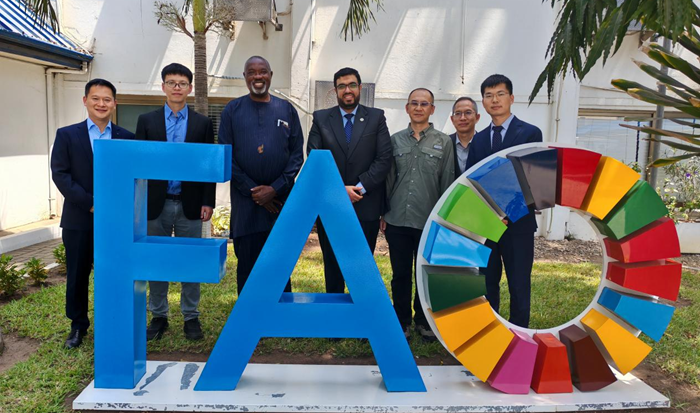 Mar 21, 2025Experts from IPPCAAS Implement FAO-China South-South Cooperation Project to Advance Sustainable Fall Armyworm Management in Ghana
Mar 21, 2025Experts from IPPCAAS Implement FAO-China South-South Cooperation Project to Advance Sustainable Fall Armyworm Management in Ghana -
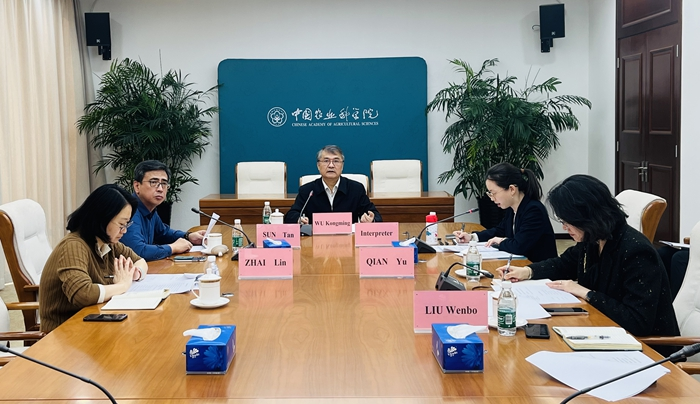 Mar 13, 2025CAAS and CGIAR Deepen Strategic Cooperation
Mar 13, 2025CAAS and CGIAR Deepen Strategic Cooperation -
 Mar 11, 2025Call for Logo Design Proposals for the China-Africa Agricultural Science and Technology Innovation Alliance (CAASTIA)
Mar 11, 2025Call for Logo Design Proposals for the China-Africa Agricultural Science and Technology Innovation Alliance (CAASTIA) -
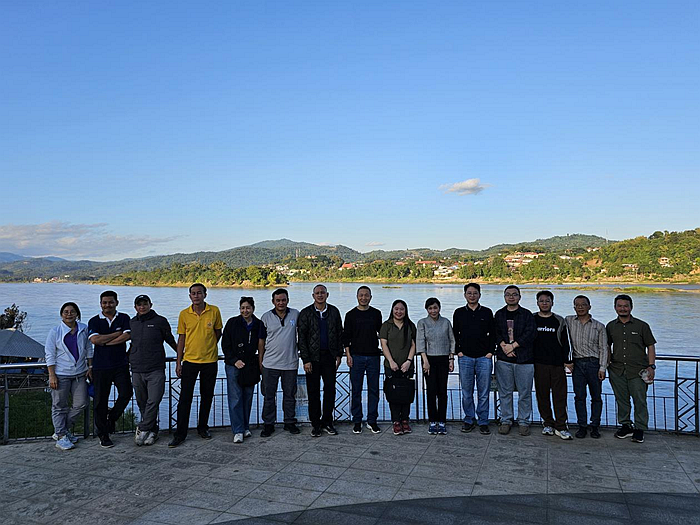 Jan 21, 2025IAED-CAAS Delegation Visits Thailand for Scientific Cooperation
Jan 21, 2025IAED-CAAS Delegation Visits Thailand for Scientific Cooperation -
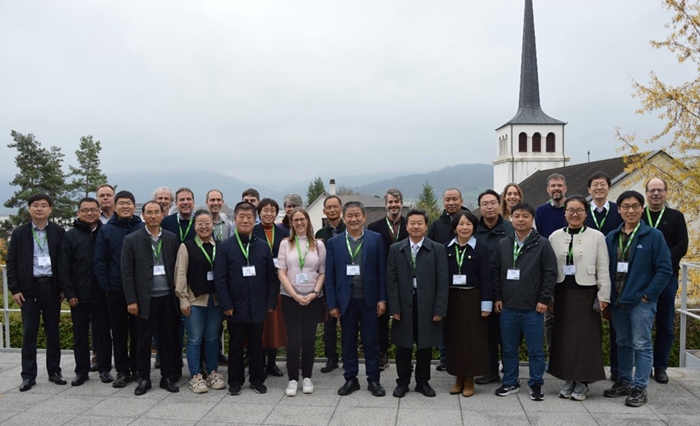 Dec 05, 2024China-CABI Project Development Workshop Held in Delémont, Switzerland
Dec 05, 2024China-CABI Project Development Workshop Held in Delémont, Switzerland
